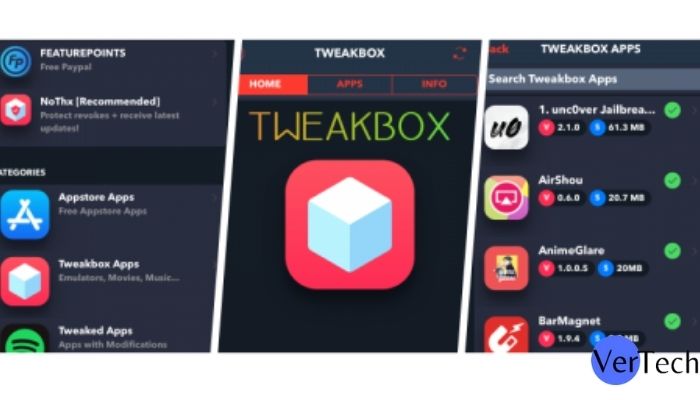Software
How to and Why Render HTML to PDF? All You Need to Know

PDF conversions are a piece of cake, especially, when you use intuitive rendering engines. Moreover, these techniques are really useful in the modern world. However, not everyone knows that turning HTML content into comfortable PDF files is also an option. Therefore, here is everything you should know on how to and why to render HTML to PDF.
What Is Rendering?
First of all, let us start with explaining, what rendering actually stands for.
Most commonly, people use the term “conversion”, which is another synonym for rendering. This word describes a method of turning or changing one type of file into another. Such a solution calls for a ton of work, yet modern tech takes care of that.
For example, using sophisticated rendering engines, you can easily turn HTML files into PDF files in a matter of seconds. We are confident that you have already come across these popular file extensions, right? If not, let us briefly describe their main differences.
What Are HTML Documents and PDF Documents?
An HTML document stands for Hypertext Markup Language, which sounds quite formal, does it not? Actually, this is the most popular and widespread type of file connected to websites and web pages. They come as textual files including all of the web content, including this article you are reading right now.
Now, when it comes to a PDF document or Portable Document Format, this is an Adobe standard for easier viewing and reading of texts. This file standard is now open source, hence anyone can use it as they please. That is why we are able to share the idea of HTML to PDF conversion.
Render HTML to PDF – How Does It Work?
We need to start with some tech specs to introduce the way HTML to PDF rendering works. All HTML files possess a specific structure with very specific rules that help the code display in a certain way. After all, these files stand for things you lay your eyes on while browsing the Internet. That is why, when you initiate rendering HTML files to PDF files, the algorithms must not lose all these specifics.
That is when modern tech companies get into the spotlight. When rendering HTML to PDF, they automatically change the syntax so that it keeps the quality of the output file. Since both these file extensions are textual, these conversions happen naturally.
The main advantage of generating PDFs from your HTMLs is the fact that such files are more readable outside of your web page. What is more, they even work a lot better when printing or sharing your content with other users. In conclusion, all you need to render HTML to PDF is a little help from a friendly browser engine.
Choose Inkit to Render HTML to PDF
If you are in need of PDF conversions from your HTML files, you might want to check out what Inkit has prepared for you. This instinctive and comfy Webkit rendering engine can provide a helping hand in a matter of seconds.
This PDF generator is a high-class instrument that provides state-of-the-art novelties straight to its users. You can create a PDF or render HTML to PDF as easily as possible. That happens thanks to the use of proper modern technology.
Simply share your file through Inkit’s PDF converter and choose the outcome you desire. Then, use their Render Management Service for the most seamless conversions ever. But hey, do not take our word for that – check it out for yourself!
-

 Latest News3 years ago
Latest News3 years agoSoap2day Similar Sites And Alternatives To Watch Free Movies
-

 Software3 years ago
Software3 years agoA Guide For Better Cybersecurity & Data Protection For Your Devices
-

 Android2 years ago
Android2 years agoWhat Is content://com.android.browser.home/ All About? Set Up content com android browser home
-

 Blog2 years ago
Blog2 years agoMyCSULB: Login to CSULB Student and Employee Portal
-

 Android App3 years ago
Android App3 years agoCqatest App What is It
-

 Android App3 years ago
Android App3 years agoWhat is OMACP And How To Remove It? Easy Guide OMACP 2022
-

 Business3 years ago
Business3 years agoKnow Your Business (KYB) Process – Critical Component For Partnerships
-

 iOS2 years ago
iOS2 years agoTweakBox App – Best App for iPhone [Jan, 2023] | (iOS 15, Download, 2023)





